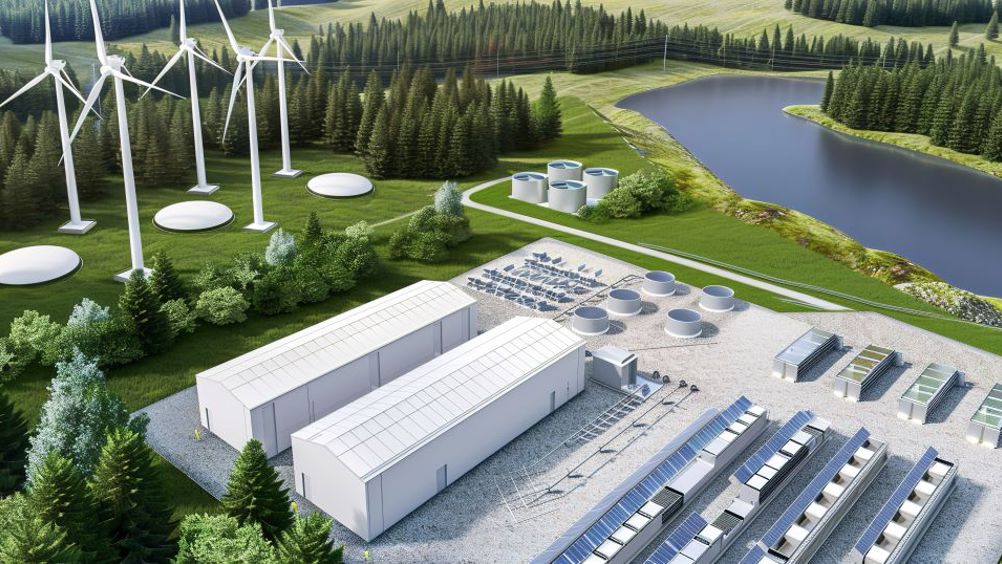Cap and floor scheme to encourage development of Long Duration Electricity Storage
UK efforts to achieve energy independence have moved forward with the launch of the government’s Long Duration Electricity Storage (LDES) investment support scheme.

Announced today, October 10, 2024, new support for LDES is intended to boost investor confidence through the introduction of a cap and floor scheme that de-risks capital expenditure.
This could see the first significant long duration energy storage (LDES) facilities in nearly 40 years.
Barriers to developing LDES include high upfront costs – despite low operating costs – that have hampered investment in this infrastructure.
The cap and floor model would provide a guaranteed minimum income for developers, in return for a limit on revenues. Ofgem has agreed to act as regulator and delivery body and the scheme’s first round is expected to be open to applicants in 2025.
Two application routes for the cap and floor scheme have been defined, with Stream 1 focusing on established technologies with a TRL of nine and Stream 2 focusing on more novel technologies with a TRL of eight.
The government confirmed that any technology type can apply for support for the LDES cap and floor on the basis that it meets the definition of electricity storage and the minimum stream eligibility criteria.
Register now to continue reading
Thanks for visiting The Engineer. You’ve now reached your monthly limit of news stories. Register for free to unlock unlimited access to all of our news coverage, as well as premium content including opinion, in-depth features and special reports.
Benefits of registering
-
In-depth insights and coverage of key emerging trends
-
Unrestricted access to special reports throughout the year
-
Daily technology news delivered straight to your inbox










Water Sector Talent Exodus Could Cripple The Sector
Maybe if things are essential for the running of a country and we want to pay a fair price we should be running these utilities on a not for profit...